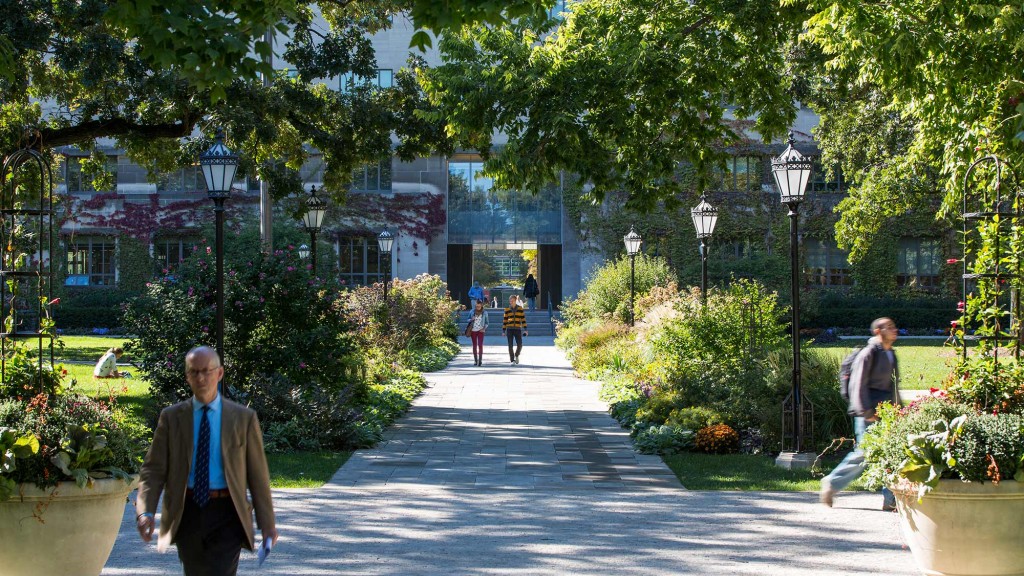Are college campuses working for students?
Education Environments Index, Student Survey
What We Did
We conducted surveys of more than 250 college students with the goal of identifying the factors and spaces that contribute to successful higher-education environments. The survey sample included 68% undergraduate students and 32% graduate students, representing a number of disciplines and more than 116 colleges and universities throughout the United States.
The six surveys, conducted over a three-month period via smartphones, included a profile survey followed by five learning-mode surveys: lectures, collaboration, studying or working alone, group studying, and time between classes. Each survey asked about the time spent in each learning mode to gather aggregate data on how students spent their on-campus time over the course of the semester. We then asked students to report on individual learning modes to understand where students performed that activity; the types of spaces they believed best support that activity; and the overall character and effectiveness of their on-campus experiences. The smartphone format allowed us to capture in-the-moment data, and the short-form surveys achieved an unusually high participation rate: 73% of respondents to the first survey answered all six surveys.
The Context
Today’s students are changing. These millennials, postmillennials, and digital natives have grown up with the social technologies to which older generations are still adapting. Many walk to class wearing headphones, surfing the web on a smartphone, and responding to text messages. Interaction occurs as much via e-mail, social networks, and instant messaging as it does in person.
Education models are changing as well. Top-tier universities are putting class materials online using free, open-source platforms. Libraries are also in flux, as reading and research move from the physical to the virtual catalogue. Teachers and administrators acknowledge the need for new teaching and learning models that match these evolving realities.
The Results
The realities of on-campus spaces haven’t caught up with the demands and aspirations of today’s students. They don’t find on-campus spaces effective or inspirational, and campus design isn’t enhancing their experience by promoting neighborhood or student-faculty connections. Despite popular conversation about the rise of collaborative learning, independence remains the focus of the educational experience: Students prefer studying alone by a ratio of almost 3 to 1, and the largest proportion of their on-campus time is spent doing just that. But they’re not finding the space in which to do it: Students may not be going to the library for books, but they still see it as a prime space for studying and performing individual work.
Where students do believe collaboration is valuable is in the classroom, where it isn’t happening. Learning spaces designed for one-way communication, like lecture halls, don’t give students the interactive classroom environments they crave. Increasingly tech-rich environments aren’t the answer, either. Pen and paper still constitute the #1 tool used when studying, in groups and alone, and spaces that rank high on technology integration still rank low on experiential measures.
What This Means
Challenge conventional wisdom. Campus design and programming must evolve to stay competitive and relevant to evolving student needs.
Design collaboration into the classroom. This requires a shift in pedagogy, but great spaces can help lead the way. Classrooms that provide flexible settings and support multimodal, facilitated learning are the first step.
Remember individual spaces. Students prefer studying alone, with quiet a prerequisite for effective studying; but space that meets that need is currently hard to come by. Time spent alone represents almost half the time students spend on campus, so consider providing individual on-campus spaces.
Deliver experiences, not just technology. Experiences and physical environments are what will keep campuses relevant and able to deliver value as the process of learning continues to evolve. How can on-campus spaces become more dynamic, more inspired, and more focused on the student experience?
What’s Next?
The evolving role of the library, the traditional place for heads-down study time, is of primary concern, and we’ve embarked on a new research initiative to better understand opportunities for innovation. We will be visiting campuses to benchmark usage and to see and hear what’s working—and what’s not. As a container of information, the library seems the ideal study spot. Now that students seek more information online than in print, what’s the library’s main draw?
We also continue to study the evolving role of the classroom, particularly in light of a constantly expanding and evolving set of virtual or online course offerings that challenge or change the need for and form of on-campus spaces.
Learn More
Team
Maddy Burke-Vigeland, Mark Thaler, Christine Barber, Rachel Ganin, Tim Pittman, Meng Sung
Year Completed
2012
Comments or ideas for further questions we should investigate?
